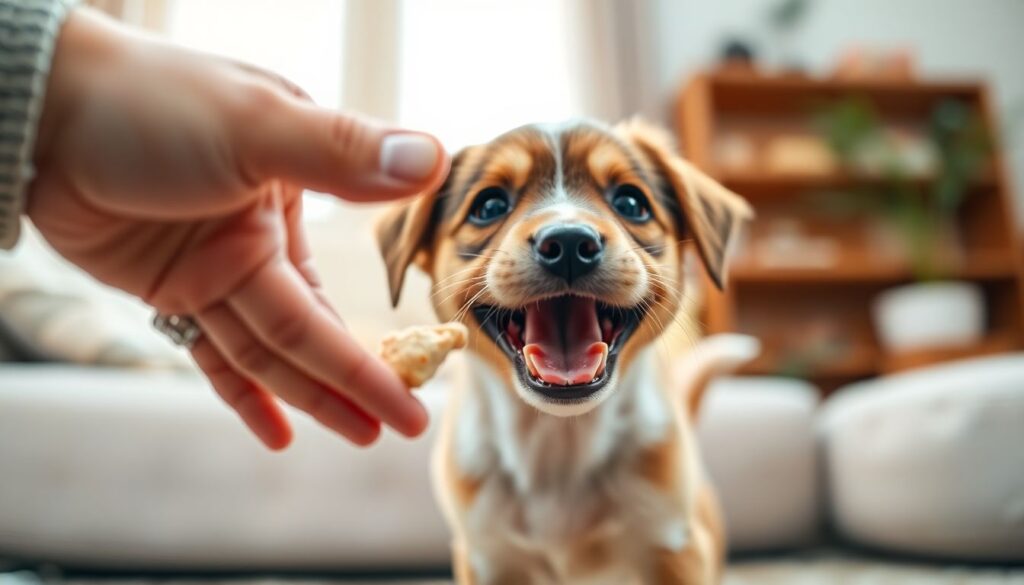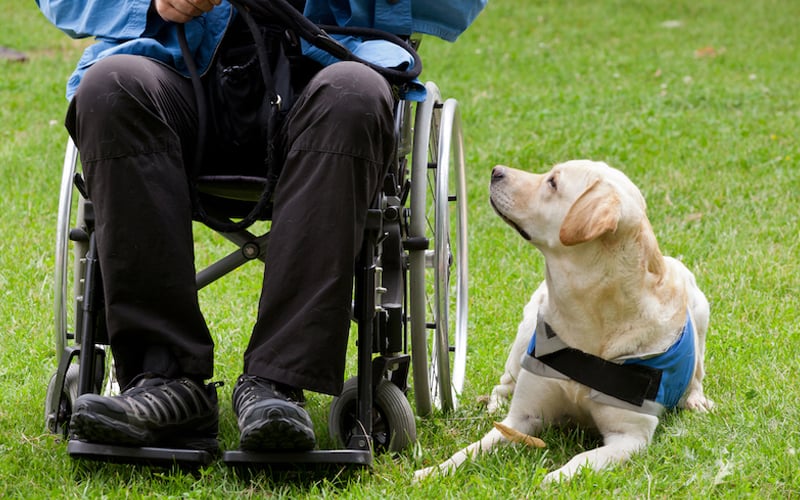Positive reinforcement is an essential part of effective puppy training. It fosters a strong connection between you and your furry friend, leading to happier behaviors and a more fulfilling relationship. Understanding how this method works can transform your training experience.
Introduction: Why Positive Reinforcement Matters Most
The Puppy Training Challenge: Common Mistakes and Frustrations
Training a puppy can be challenging. Many new dog owners make mistakes, such as using harsh words or methods. This can lead to confusion and fear in your pup. Common frustrations include:
- Inconsistent commands
- Lack of patience
- Overuse of negative feedback
The Science of Positive Reinforcement: Rewarding Good Behavior
Research shows that positive reinforcement works effectively for training. This method encourages puppies to repeat good behaviors. Instead of focusing on mistakes, it emphasizes rewards for successes.
Setting Your Puppy Up for Success: Starting with the Right Mindset
Begin with optimism. Set realistic expectations for your puppy’s learning pace. Each pup is unique, and patience is key. Celebrate small victories along the way, whether it’s mastering “sit” or “stay.”
Understanding Positive Reinforcement: More Than Just Treats
Defining Positive Reinforcement: Clarifying the Method
Positive reinforcement involves giving rewards for desired behavior. This could be a treat, praise, or playtime. The goal is to create a lasting association between good behavior and positive outcomes.
Beyond Treats: Diverse Rewards for Your Pup
While treats are effective, they aren’t the only rewards. Consider:
- Physical affection, like petting
- Verbal praise, such as saying “good boy!”
- Favorite toys for playtime
Mixing these rewards keeps training fun and engaging.
The Importance of Timing and Consistency
Timing is crucial. Reward your puppy immediately after good behavior. This helps them connect their action with the reward. Consistency is equally important. Use the same commands and rewards every time.

Building a Strong Bond Through Positive Interactions
The Role of Play in Positive Reinforcement Training
Play is an important part of your training approach. Use games to teach new commands. Incorporating fun helps keep your puppy engaged and motivated.
Body Language and Communication: Understanding Your Puppy’s Signals
Puppies communicate through body language. Learn to recognize signs of comfort or distress in your dog. This understanding helps you adjust training methods and strengthen your bond.
Creating a Positive Training Environment
Choose a calm space for training sessions. Limit distractions to help your puppy focus. A positive environment supports successful learning.
Effective Techniques for Positive Reinforcement Training
Basic Obedience Commands: Sit, Stay, Come
Start with essential commands. Use positive reinforcement for:
- “Sit” – Reward immediately when they sit.
- “Stay” – Gradually increase distance before rewarding.
- “Come” – Use treats to call them over and praise when they arrive.
House Training Success Through Positive Reinforcement
For house training, reward your puppy right after they go outside. This reinforces the behavior and helps them understand where it’s appropriate to relieve themselves.
Addressing Challenging Behaviors with Positive Methods
If your puppy shows unwanted behaviors, redirect them to something positive. For example, if they chew on furniture, guide them to a toy and reward them for that choice.
Addressing Common Challenges and Misconceptions
Dealing with Setbacks and Regression in Training
Setbacks happen. If your puppy forgets a command, stay patient. Go back to basics and reinforce learning through positive experiences.
Overcoming the “Alpha” Myth in Dog Training
The idea of being the “alpha” dog is outdated. Training should be based on trust, not dominance. Using positive reinforcement strengthens this bond without fear.
The Dangers of Punishment-Based Training Methods
Punishment can lead to anxiety and behavioral issues. Negative reinforcement does not create a happy, well-adjusted dog. Stick to positive methods for better results.
Long-Term Benefits of Positive Reinforcement Training
A Happier, More Well-Adjusted Dog
Puppies trained with positive reinforcement are generally happier and more secure. They learn to trust you and respond well to commands.
Strengthening the Human-Animal Bond
Training with kindness builds a strong bond. Your puppy learns to rely on you, creating a trusting relationship that can last a lifetime.
Preventing Behavioral Problems Down the Line
Using positive methods now can prevent issues later. A well-trained dog is less likely to develop bad habits or behaviors that cause problems.
Conclusion: Embracing Positive Reinforcement for a Lifetime of Happy Training
Positive reinforcement is a powerful training tool. It fosters good behavior and nurtures your relationship with your puppy. Remember, patience and consistency are key.
Key Takeaways: Implementing Positive Reinforcement Strategies
- Use immediate rewards for desired behaviors.
- Mix up rewards beyond just treats.
- Keep training sessions short and fun.
Resources for Continued Learning and Support
Consider reading books or joining classes that focus on positive reinforcement. Online communities can also provide support.
Your Journey to a Well-Behaved, Confident Puppy
Start your training journey today. Embrace positive reinforcement to cultivate a happy, well-behaved, and confident puppy for years to come.




